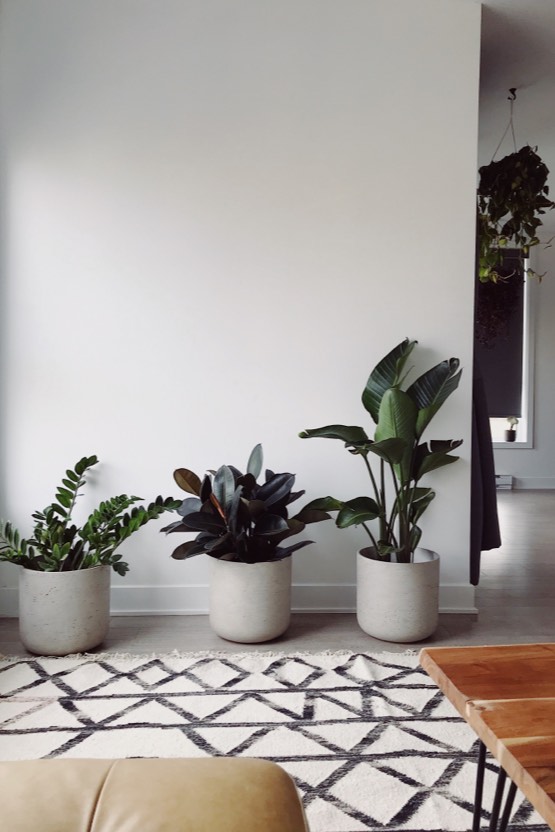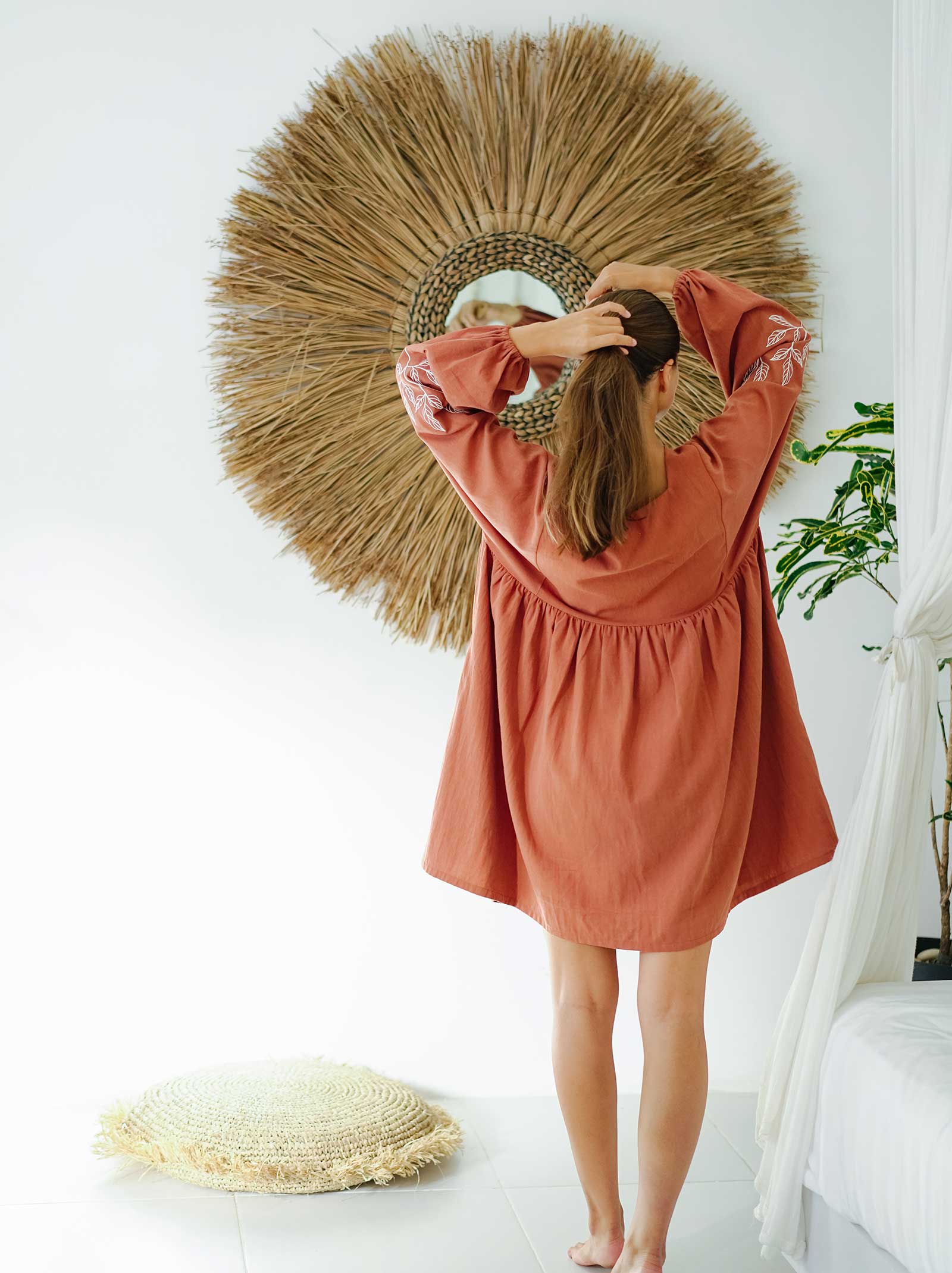
Mustard Greens Curry/ Dish - Pakistani/Indian Way
If you’ve never had Sarson Ka Saag, let me tell you—you’re missing out on the kind of warmth that only a Punjabi winter staple can provide. This isn’t just any leafy green dish. No, no, my friend! This is the rich, buttery, soul-hugging goodness that’s best paired with Makki Ki Roti, and a generous dollop of ghee.
Now, let’s address the elephant in the room. Making Sarson Ka Saag sounds intimidating. I mean, who wants to deal with washing a mountain of greens and stirring a pot for what feels like hours? But trust me, once you take that first bite, you’ll realize—it was all worth it.
So, let’s dive in!
Modern design and coastal design may seem like a bit of an odd couple. After all, modern design is known for its crisp lines, bold shapes, and sleek minimalism. Coastal design—with its vibrant colors, beachy prints, and kitschy décor—is known for just the opposite.
But, combine the two, and you end up with something truly special. “Modern coastal design is a fresh, simplified take on traditional coastal décor,” Ariel Schuster, sales and design consultant at Artaic, says. “It leans into the visceral experience of being in a coastal environment without being so literal.”In other words, you end up with an aesthetic that feels like the beach, so much so that you don’t need décor telling you where you are.


What You’ll Need
For the Saag:
- 500g mustard greens (sarson) – The star of the show!
- 200g spinach (palak) – Balances out the bitterness of mustard greens.
- 100g bathua (chenopodium/white goosefoot, optional) – Adds extra flavor and authenticity.
- 150g fenugreek (methi) (optional but highly recommended!)
- 8 green chilies – Because a little heat never hurt anybody.
- 1 tablespoon ginger, chopped/sliced
- 12-15 cloves garlic – Essential for that punchy flavor.
- 1 teaspoon salt – Season as you go!
- 3 tablespoons Makai ka atta (yellow corn flour) or wheat flour – to add a bit of thickness
- ½ teaspoon of jaggery – optional but recommended. Especially if the saag is not inherently very sweet or off-season.
- 1.5 cups water
For the Tadka (Tempering):
- 4 tablespoons ghee or butter – Be generous, this is not the time to count calories!
- 4-5 cloves garlic, sliced – More garlic? Always.
- ½ teaspoon red chili powder (if needed)
How to Make Saag (Patience is Key!)
Step 1: Prep the Greens
- Cut the greens as thinly as you can if you plan to mash them with a wooden whisk or a “Ghotna” (the infamous wooden manual masher that needs loads of strength and lots of time but yields excellent taste) and wish to avoid using blender at the end however, I usually do not mind using the machine so cut it just like that.
- The most “ugh” part of this recipe is the washing. You want to wash your greens at least 3-4 times to get rid of any dirt. This step is non-negotiable unless you enjoy a little crunch from unexpected “seasoning” (aka soil).
Step 2: Cook Down the Saag
- In a large pot, preferably a clay pot, add all the greens, plus green chilies, garlic, salt, jaggery and water.
- Let it simmer on low heat for about 2 hours, stirring occasionally.
- Once the greens have softened, add ginger chopped or sliced then use a hand blender to blend everything into a slightly coarse consistency. If you don’t have a blender, use a wooden whisk (madhani/ghotna) or a potato masher. A little texture is good—it’s not meant to be baby food.
- Add 2-3 tablespoons of Makki Ka Atta (cornmeal flour) to thicken it. Stir well and let it simmer for another 10 minutes.
Step 3: The Magic of Tadka
- Heat ghee or butter in a pan. Add garlic. Sauté until golden brown.
- Toss in the red chili powder if you feel the green chilies did not do justice to the taste of the Saag and also adjust salt at this point if needed.
- Pour this Tadka into the Saag and stir well. Take a deep breath—the aroma is heavenly.
How to Serve (The Punjabi Way!)
- Makki Ki Roti (Cornmeal Flatbread) – Because let’s be honest, Sarson Ka Saag without Makki Ki Roti is like tea without sugar.
- A dollop of white butter or ghee – The richer, the better.
- Achaar, chopped onions & green chilies on the side – Adds crunch and a little extra heat.
- A glass of Lassi (buttermilk) – Because Punjabis don’t do small portions.

Final Thoughts
Sarson Ka Saag is not just food—it’s an experience. It’s slow-cooked, love-infused, winter-warming goodness that every Punjabi household swears by. The best part? It tastes even better the next day, so make extra and thank yourself later.
Now, tell me—have you made Sarson Ka Saag before? Do you have a secret ingredient? Let’s chat in the comments! 👇

Chicken Haleem – Takes time but never a Miss!
Memphis was a one-time madly vibrant and creative renegade of the design world.



I love reading your blogs! Thanks so much for the tips both in the blog and on your YouTube channel. As a new Interior Design student, I find them to be incredibly helpful, interesting, and inspirational. Keep up the great work!
Great tips! I’ve just discovered your Youtube channel, and I love it! Thanks for sharing your content and the day and life of a designer.
I am really impressed by the way you are doing business and I am just inspired by it!